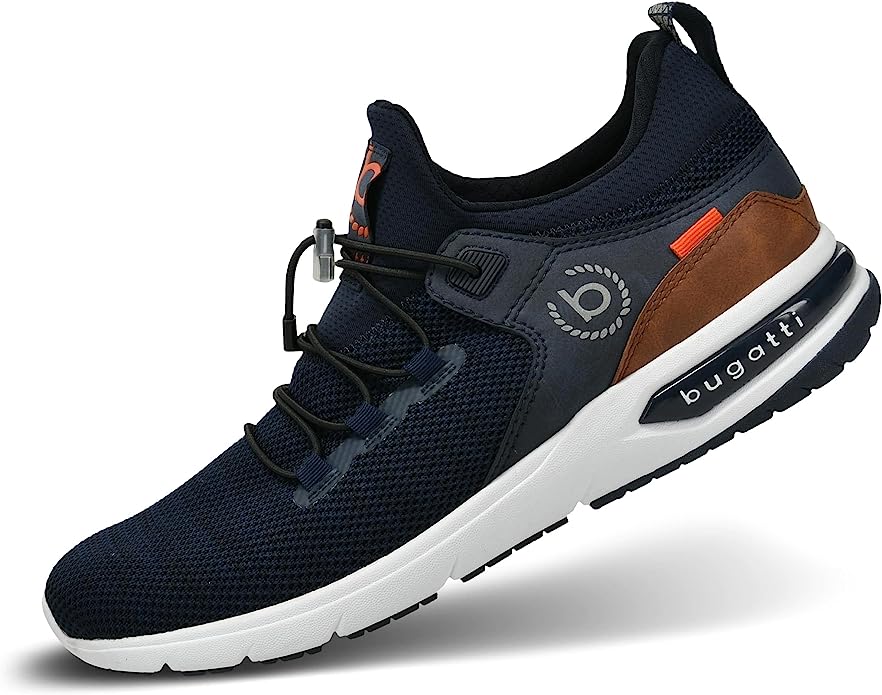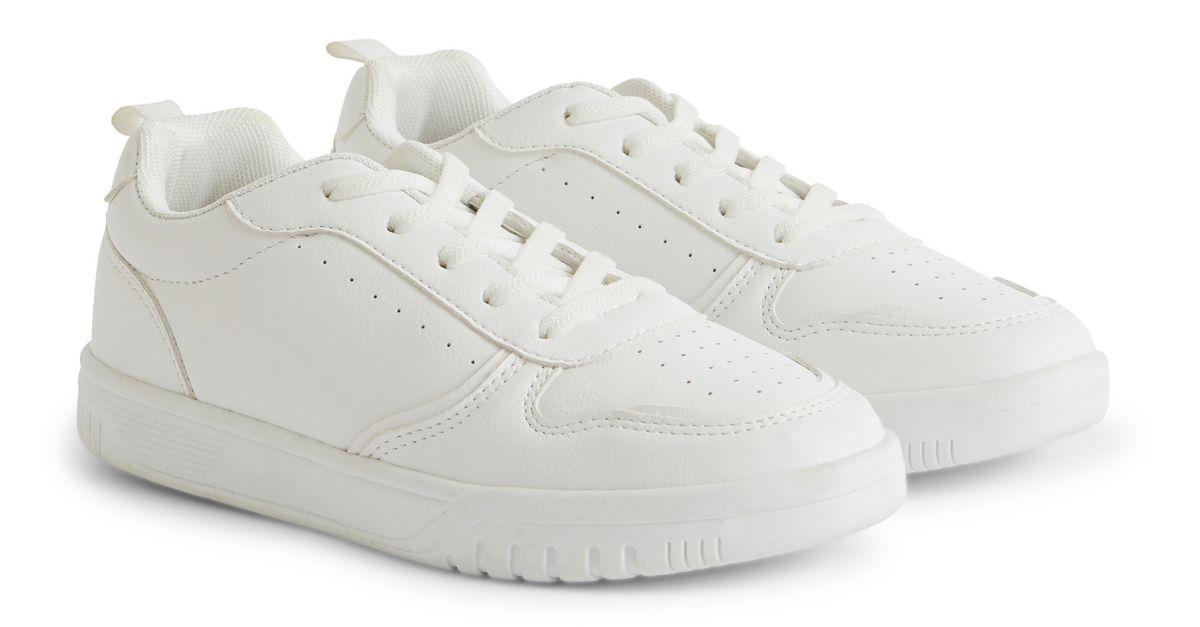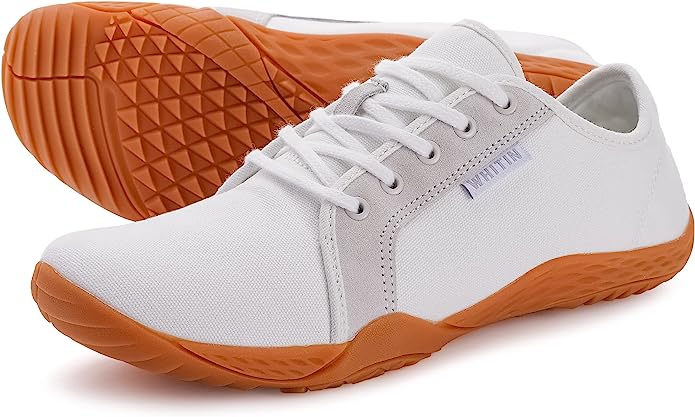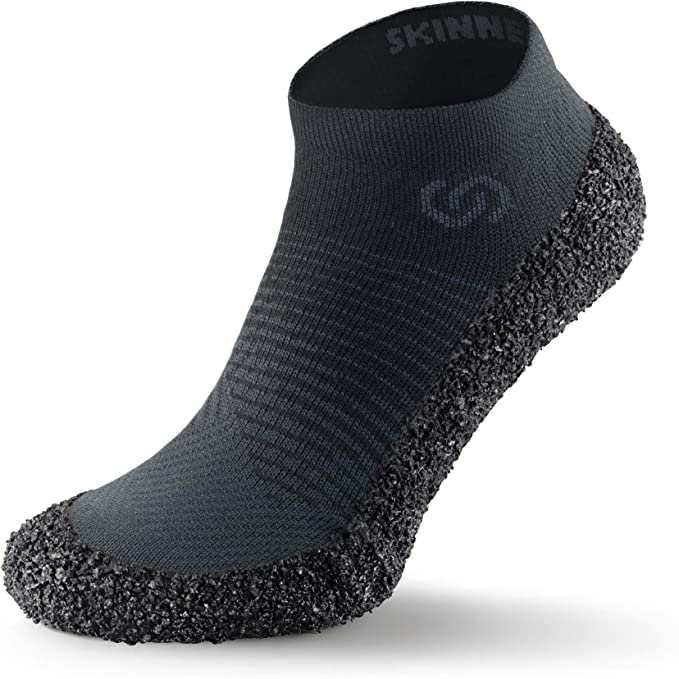Most people in the gym I see are wearing running shoes or trainers, which are quite comfortable for running, as the name tells, that's what these are designed for, to aid the motion of running, make it comfortable, ease the load.
Now when you start weightlifting, you should ask yourself, if you wear running shoes for running, what kind of shoes should you wear for weightlifting? Well, you guessed it, not running shoes. 🙂
What types of shoes should you consider for weightlifting?
1. Trainers / Running shoes

With lower front, higher heel with foam/air cushion, if you are starting out and won't lift heavy weights or even favor machines to workout, you don't need much of a support and probably you will mix your workout with cardio, which benefits from a comfortable shoe.
Everyone starts with these, as we already have them, just keep in mind that as you progress, you should be switching to ones with better support.
2. Sneakers

With around the same height front and heels, rubber feet.
This goes the cheapest you can get, I was using one that I bought from Auchan for 9.99 EUR, for the pair.
It's not for running, my cheap one wasn't even for walking with the stiffness it had, but it gives you a more stable stance as rubber will compress much less than foam and air cushions, therefore your feet don't need to work that much to stabilize and going up the whole chain of joints.
This one is good for light and moderate weights.
3. Barefoot

Low sole, very flexible, wide feet at the front, something I recently discovered.
The idea here is that when you don't have shoes on your toes can spread wider and provide better stability and balance, which is restricted by normal footwear which gets narrowed at the front for style. So if you want to have that toe spread, but still put on something, that would be the barefoot category.
Most of these shoes are quite pricey, 100-150 euros - for this price they manage to look like they are not barefoot shoes, less noticeable for other citizens -, but China is there to save us money, you can by a decent looking pair for training for around 30-40 euros from Amazon for example.
That's what I got and been using for the last 6 months. It really feels like not having shoes on, really comfortable, still it has a thin rubber sole and a thin inner lining which makes it comfortable and at the same time very good for lifting heavy weights with good stability.
I can recommend them for anyone at any level of weight lifting - well, at least till a 200kg deadlift, I don't know if it is still good for a 300-400kg deadlift or squat, maybe later. 🙂
4. No shoes / Socks

You can still get barefoot socks, I found them a bit pricier than my liking so never tried, I went with regular socks for some sense of hygiene.
Technically this is the cheapest option as you don't need to buy anything, provides good stability, as now it totally depends on your legs and feet.
I was doing this way for at least also half a year, I liked it, for heavier lifts, 100kg+.
My barefoot shoes are more comfortable, convenient with around the same support.
5. Weightlifting shoes

This category also exist, from all of the big, well known brands you can get one and of course there are Chinese versions for half the price.
I have one of the latter from Amazon.
This type of shoes are specialized for deadlifts and squats.
A lot of people don't have the ankle mobility to be able to squat deep, instead at the low point they get out of balance, moving forward, that's what these shoes with the wedge shaped hard sole help with, raising your heels, so your ankle has a reduced movement that it probably can do with a deep squat.
I was using this shoe for a while last year, it does it's job, it has straps, so you can really fix your foot into it, but I find mine a bit narrow compared to my feet, it felt like only the 90% of my feet is on the sole and the sides are only held by the side walls of the shoe. This didn't affect its performance, it was more of a mental fear, what if I slide off it or break my ankle doing a bad step. I still have them and probably will use later, I stopped using them because I found the barefoot shoes above.
Following yesterday's Tom Platz videos, he recommends a shoe with hard wood sole.
It allows you to lift heavier and squat deeper if your ankle mobility is not perfect.
Summarize
Light weight and doing cardio, you are fine with the running shoes type.
Moderate weights go for less cushion and lower heels, like sneakers and barefoot shoes.
Heavy weights definitely go for barefoot or no shoes (socks).
Ankle mobility support for squat and deadlift, get a weightlifter shoe - might try working on that mobility with stretching and targeted exercises as well.
Why is it important to choose the right shoes?